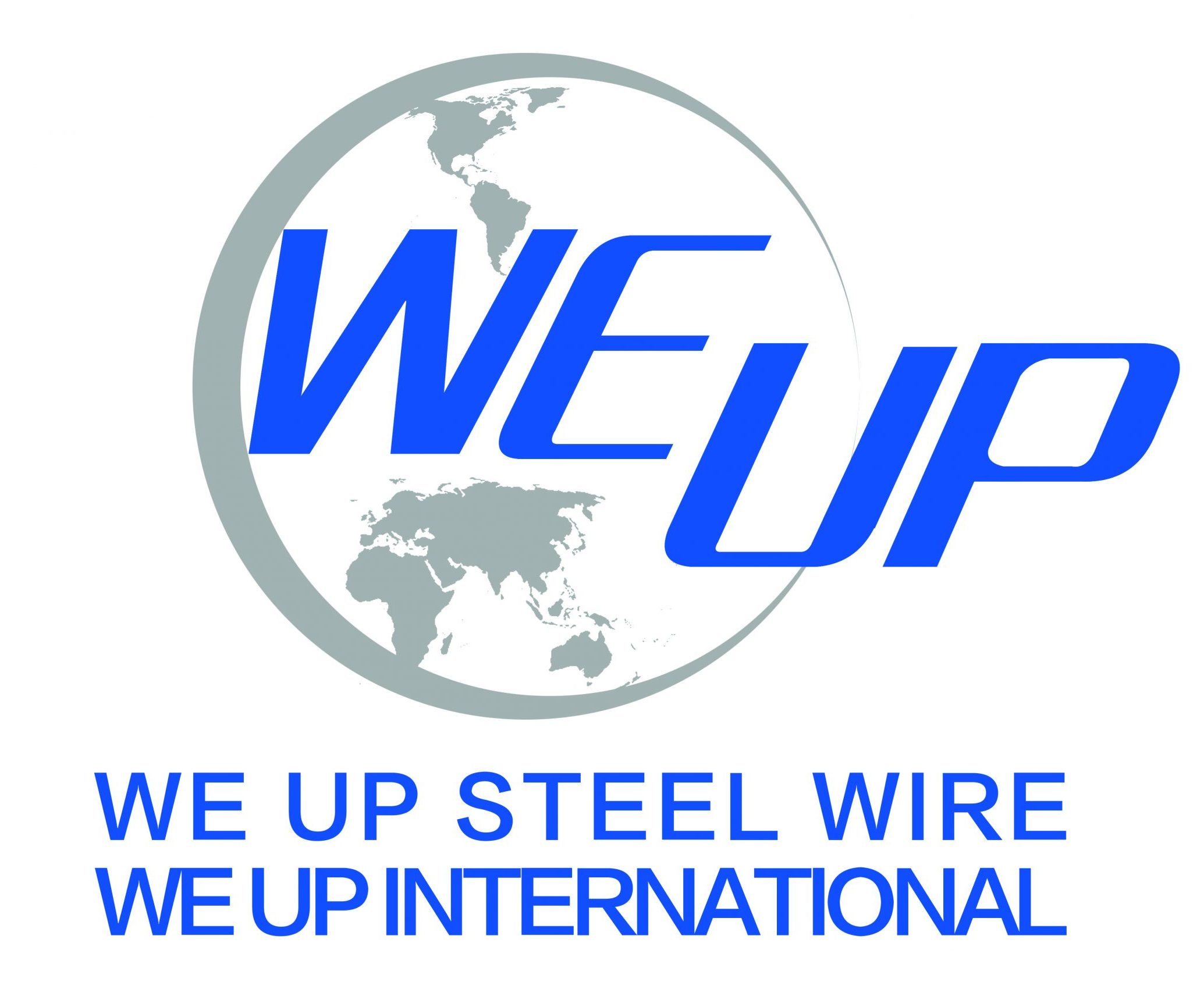There are certain differences in some respects for steel wire processed between lead patenting and water quenching.
1. Pollutant
(a) Lead patenting
The main pollutant from lead patenting is lead steam and lead oxide. Annealing one ton of steel wire needs to consume 3-5kg of lead and among which 0.05-0.20kg of lead is steamed into atmosphere while the remains changed into lead oxide. The residue of lead oxide and lead steam are both inevitably coming even though covering agent is applied. It is necessarily required to clear away the covering agent on every two months and that may cause recycling pollution.
(b) Water quenching
The main pollutant is just the quenching bath with ferric oxide involved. However, the quenching additive is of food grade and needs eliminated on every half year which can be easily treated without any pollution.
2. Technical
(a) Lead patenting
In the lead bath, the constant temperature is controlled at 500-550 degree centigade and the sorbite conversion rate for steel wire can reach 90-98%, which ensure the wires in good quality and stability.
(b) Water quenching
In the steaming film, the temperature is controlled at 500-600 degree centigrade and the sorbite conversion rate for steel wire can reach 90-95% but with more serious technical demand.
3. Operation
(a) Lead patenting
Lead temperature is the only parameter need control.
(b) Water quenching
The temperature, concentration, impurity and more other parameters in quenching bath need strictly control.
4. Others
Steel wires through lead patenting can achieve higher tensile strength of 60-100mpa and finally enjoy more flexibility and toughness than those through water quenching. In addition, lead patenting is a little bit costly than water quenching on investment.
